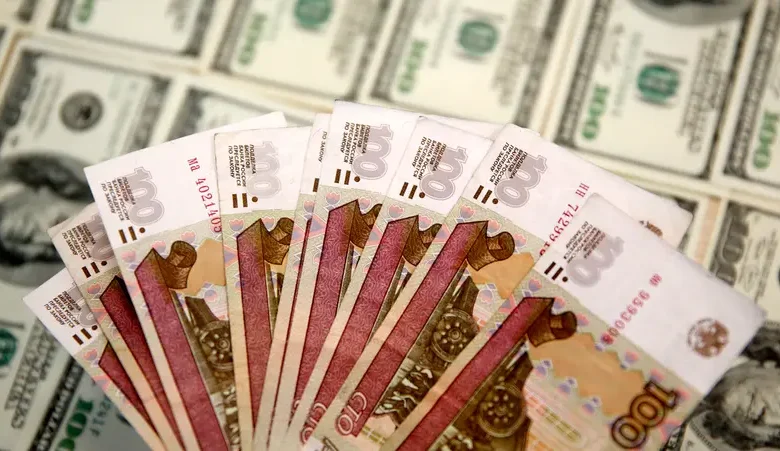Russian ruble weakens 8.5 percent as dollar gains following Kursk attack

The Russian ruble continued to weaken on Tuesday for the sixth consecutive trading session, following Ukraine’s unexpected attack a week ago on Russia’s Kursk region.
By 0800 GMT, the ruble was 1.6 percent weaker on the day at 92.50 to the dollar, according to LSEG data. It has lost 8.5 percent since the start of the attack on August 6.
Trading in major currencies shifted to the over-the-counter (OTC) market, obscuring pricing data, after Western sanctions on the Moscow Exchange and its clearing agent, the National Clearing Center, were introduced on June 12.
One-day ruble-dollar futures, which trade on the Moscow Exchange and serve as guidance for the OTC market rates, were down 0.4 percent on Tuesday to 89.60. During the previous day’s trading, the futures lost 2.5 percent.
The central bank’s official exchange rate, which it calculates using the OTC data, was set at 89.93 on Monday, about 6 percent weaker since the start of the attack.
The weakening of the ruble against the dollar and euro has continued despite support from higher oil prices and increased net daily sales of yuan by the central bank and finance ministry.
According to an analysis of the OTC market, the ruble weakened by 0.6 percent to 12.00 against the Chinese yuan, which has become the most traded foreign currency in Moscow. The ruble was at 12.00 to yuan for the first time since July 22.
It was down 2.4 percent at 101.90 against the euro for the first time since February 23, breaking below the key level of 100 rubles to the European currency, according to LSEG data.
The central bank’s official exchange rate stood at 96.69 ruble to the euro.
Brent crude oil, a global benchmark for Russia’s main export, was down 0.2 percent at $81.88 a barrel on concerns about demand after OPEC cut its forecast for demand growth in 2024.










